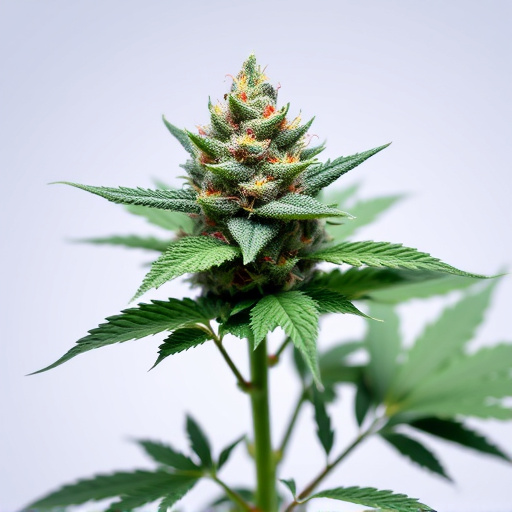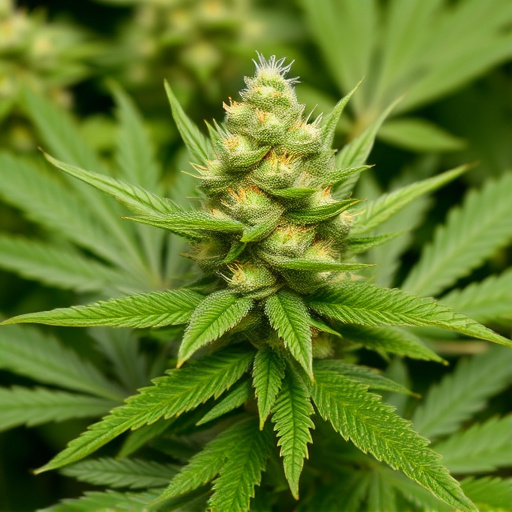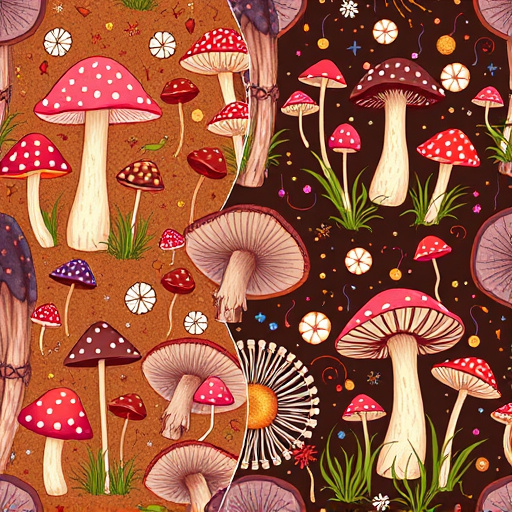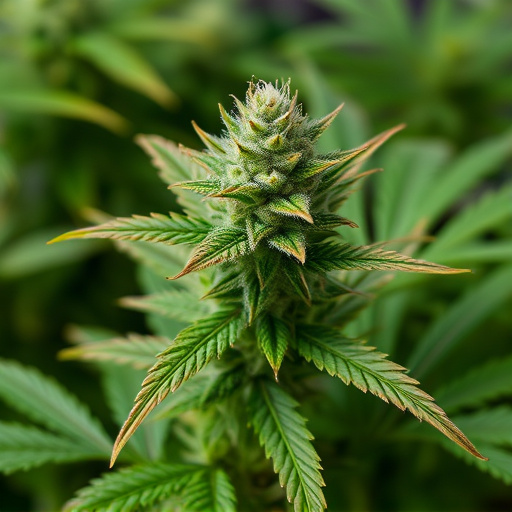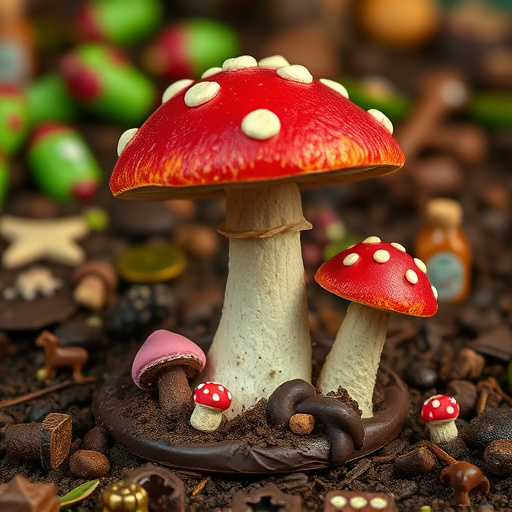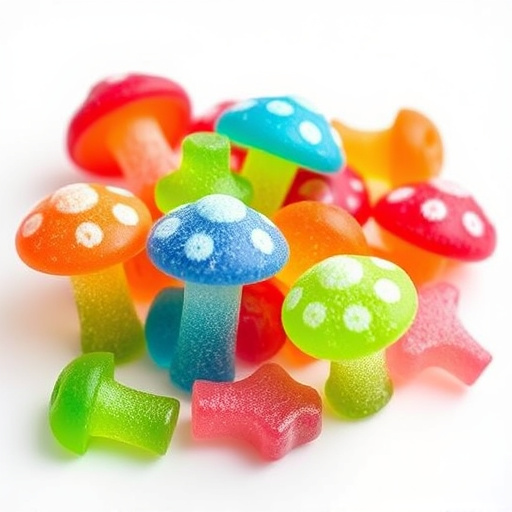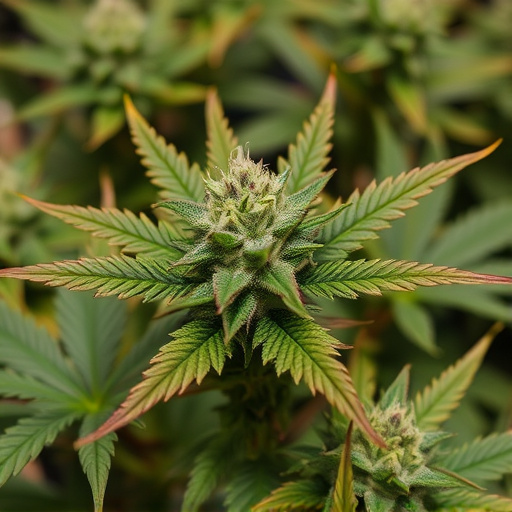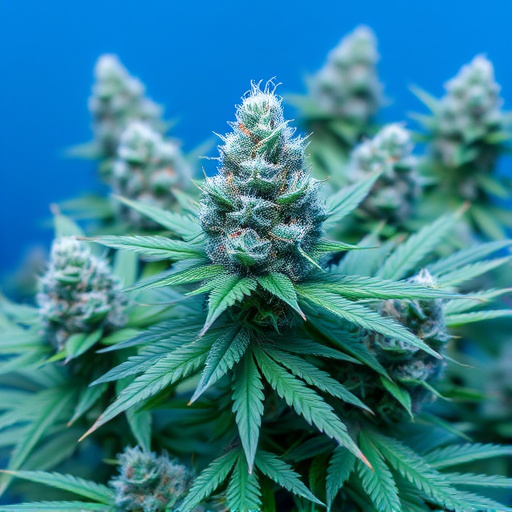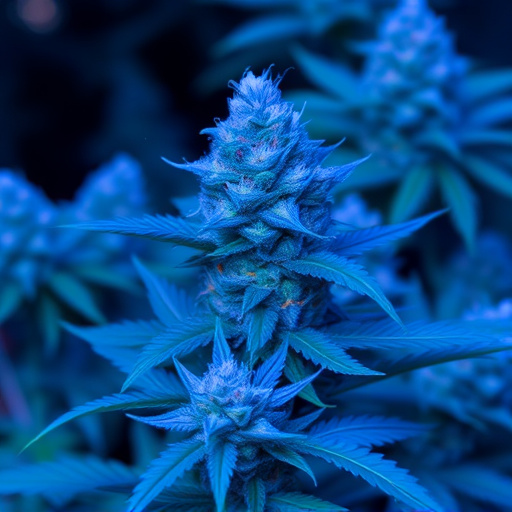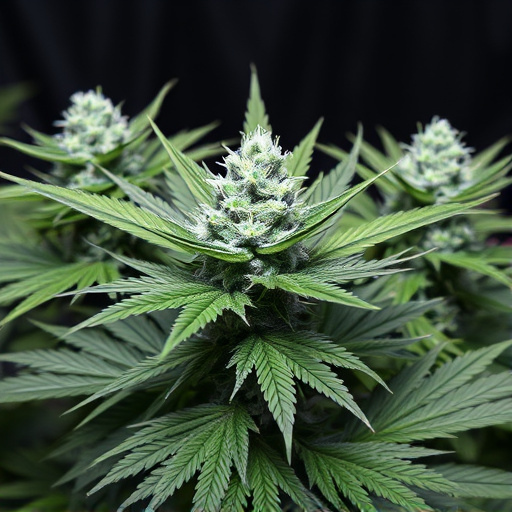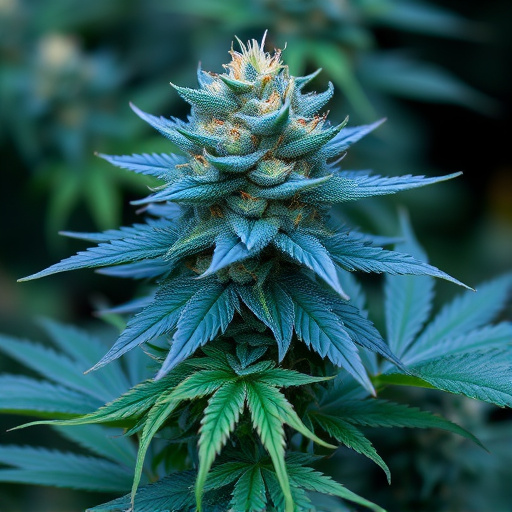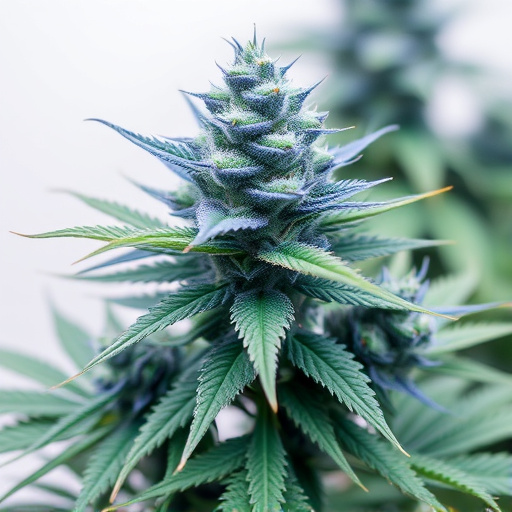Blue marijuana strains have gained popularity for both their striking color and distinct chemical profiles, driven by genetic makeup and terpene content. Terpenes like myrcene, found in blue strains, influence their aroma, flavor, and potential therapeutic effects, such as promoting calmness and sleepiness. Growing conditions, including terroir and nutrient supplementation, significantly impact the potency and terpene profiles of blue strains. Individual responses to cannabis vary based on age, weight, gender, health, and biochemistry; blue strains with higher CBD-to-THC ratios offer a subtler, relaxing high ideal for focus and calmness. Understanding these factors empowers users to personalize their cannabis experience to meet specific needs and preferences.
Explore the multifaceted world of cannabis effects, focusing on the enigma-like blue marijuana strains. Uncover the intricate interplay of three key elements: genetic composition and terpene profiles, environmental factors, and individual biology. Delve into how these aspects shape the unique experiences associated with blue strains, offering a personalized journey through this ancient plant’s chemistry and modern applications.
- Genetic Composition and Terpene Profiles: Unraveling the Chemistry Behind Blue Marijuana Strains
- Environmental Factors: How Terrains and Growing Conditions Impact Cannabis Effects
- Individual Biology and Tolerance: Personalizing the Experience with Blue Marijuana Strains
Genetic Composition and Terpene Profiles: Unraveling the Chemistry Behind Blue Marijuana Strains
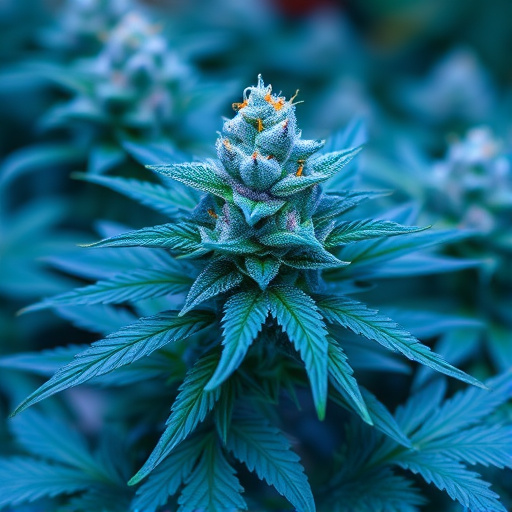
Blue marijuana strains have garnered significant attention due to their unique visual appeal and purported effects. But beyond the vibrant hue lies a complex chemical landscape. The genetic composition and terpene profiles of these strains play a crucial role in determining their distinctive characteristics. Each cannabis strain carries a specific combination of cannabinoids and terpenes, which interact to create a multifaceted experience known as the “entourage effect.”
Terpenes, aromatic compounds found in many plants, contribute significantly to the aroma, flavor, and potential therapeutic benefits of blue strains. Specific terpene profiles can influence how a particular strain interacts with the body’s endocannabinoid system. For instance, myrcene, a common terpene associated with blue marijuana, is known for its relaxing properties, potentially enhancing feelings of calmness and sleepiness. Understanding these intricate chemical interactions offers insights into why blue strains are celebrated for their unique effects, providing researchers and consumers alike with valuable information to navigate the diverse world of cannabis.
Environmental Factors: How Terrains and Growing Conditions Impact Cannabis Effects

The environment in which cannabis plants are grown plays a significant role in shaping their eventual effects on users. Terroir, a term that encapsulates the unique environmental and geographical factors of a specific area, significantly influences the chemical composition of cannabis. For instance, blue marijuana strains, known for their distinct hues and potent properties, often thrive in regions with cool climates and ample sunlight, allowing for a more gradual and optimal maturation process. This results in higher levels of THC, one of the primary psychoactive compounds responsible for the plant’s intoxicating effects.
Additionally, growing conditions such as soil fertility, water availability, and nutrient supplementation can dramatically affect the plant’s overall health and chemical output. Cannabis plants grown in rich, well-draining soil with access to balanced hydration tend to produce more robust and potent plants compared to those in less favorable environments. These environmental factors not only impact the potency of blue marijuana strains but also contribute to a more diverse range of terpene profiles, further enhancing the spectrum of potential effects experienced by consumers.
Individual Biology and Tolerance: Personalizing the Experience with Blue Marijuana Strains
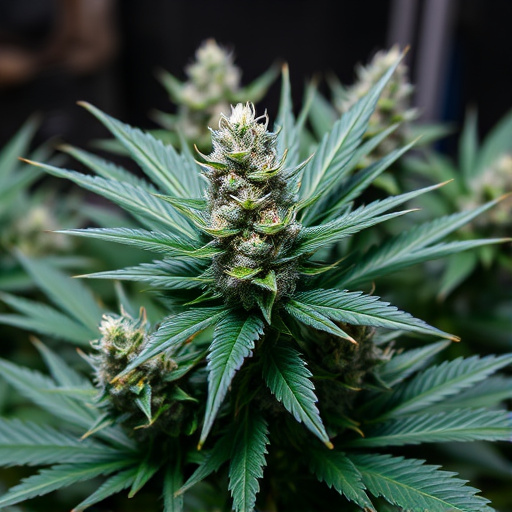
The effects of cannabis can vary greatly from person to person, and understanding individual biology is key to personalizing the experience. Everyone has a unique biochemistry, which influences how they metabolize and respond to cannabinoids like THC and CBD. Factors such as age, weight, gender, and overall health play a role in determining the intensity and duration of cannabis’ effects.
Blue marijuana strains are known for their distinct properties that cater to individual biology and tolerance. These strains often have higher levels of CBD relative to THC, which can produce a more balanced and milder high. Blue strains are popular among users looking for a subtle yet relaxing experience, allowing them to maintain focus and clarity while enjoying a calming effect. By considering one’s personal biochemistry and exploring blue marijuana strains, individuals can tailor their cannabis consumption to suit their unique needs and preferences.
Understanding the factors that influence cannabis effects, such as genetic composition, environmental conditions, and individual biology, is key to personalizing experiences with blue marijuana strains. The unique chemistry of these strains, characterized by specific terpene profiles, combined with tailored growing environments and knowledge of one’s own tolerance, offers a more optimized and enjoyable journey for users. By exploring these aspects, individuals can unlock the full potential of blue marijuana strains while ensuring a safe and beneficial experience.
